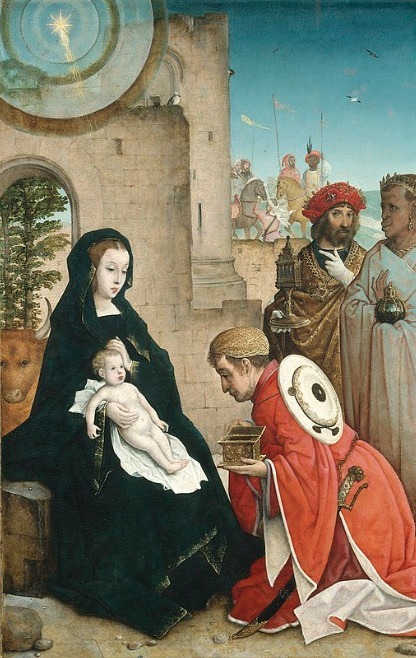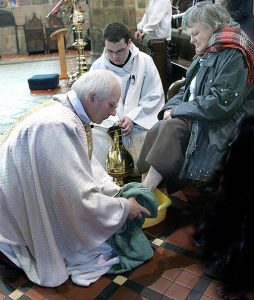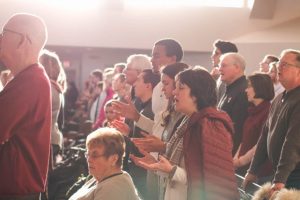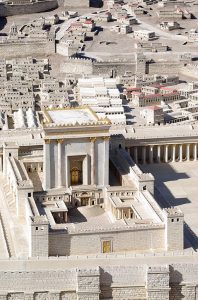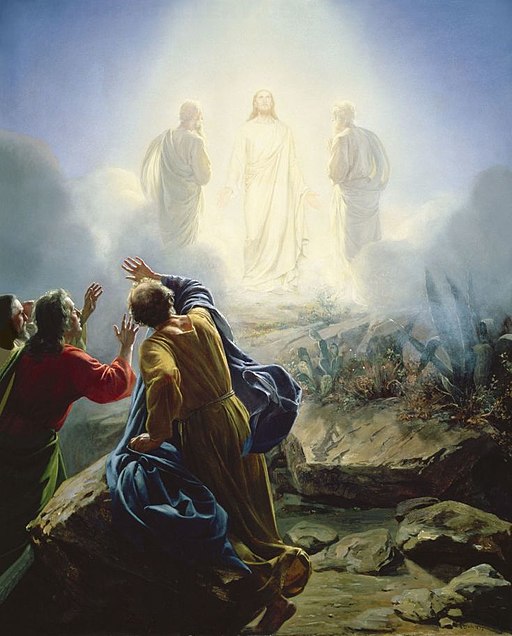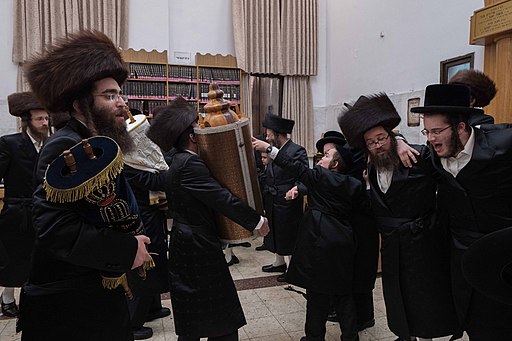 In Matthew 6:12, Jesus tells his disciples to pray, “Forgive us our debts as we also have forgiven our debtors.” We know Jesus is really talking about sins, so why does he use the word “debt” instead?
In Matthew 6:12, Jesus tells his disciples to pray, “Forgive us our debts as we also have forgiven our debtors.” We know Jesus is really talking about sins, so why does he use the word “debt” instead?
In Hebrew there is an overlap between the concept of sin and debt. The Hebrew word hayav, which means “debtor,” is also used to describe a person who is guilty of sin. It doesn’t seem entirely analogous to us, because borrowing things isn’t sinful. But both require restoration to another — either of the money borrowed or reparations to the victim of the sin.
When Jesus taught his disciples the Lord’s Prayer, he was most likely using the word hayav to describe a sinner/debtor when he said “forgive us our debts as we also have forgiven our debtors.”
Jesus frequently uses the image of debt as a way to describe being guilty of sin, like after he was anointed by a sinful woman in Luke 7:
And there was a woman in the city who was a sinner; and when she learned that Jesus was reclining at the table in the Pharisee’s house, she brought an alabaster vial of perfume, and standing behind Him at His feet, weeping, she began to wet His feet with her tears, and kept wiping them with the hair of her head, and kissing His feet and anointing them with the perfume. Now when the Pharisee who had invited Him saw this, he said to himself, “If this man were a prophet He would know who and what sort of person this woman is who is touching Him, that she is a sinner.” And Jesus answered him, “Simon, I have something to say to you.” And he replied, “Say it, Teacher.” “A moneylender had two debtors: one owed five hundred denarii, and the other fifty. “When they were unable to repay, he graciously forgave them both. So which of them will love him more?” Simon answered and said, “I suppose the one whom he forgave more.” (Luke 7:37-43)
In Jesus’ parable, he likens the person who is a sinner to one who is a debtor. He also does this in the parable of the unmerciful servant, when the servant has a debt to the king he can never repay (Matt 18:23-35). The king commanded he be sold, as well as his wife and children, to repay the debt he owed. When the debtor pleaded with the king, the king forgave him the debt, until he had another man imprisoned for not repaying a smaller debt to him. When the king heard about it, he had him imprisoned until he repaid all that he owed, an amount so great he could never hope to repay it in his lifetime.
Forgiving Debts at the Jubilee
This concept of forgiveness of sin as analogous to debt also is key to understanding Luke 4, when Jesus stands up and reads the following passage from Isaiah 61 in the synagogue:
The Spirit of the Lord is on me,
because He has anointed me
to preach good news to the poor.
He has sent me to proclaim freedom for the prisoners
and recovery of sight for the blind,
to release the oppressed,
to proclaim the year of the Lord’s favor. (Luke 4:18-19)
 This passage is talking about proclaiming a year of Jubilee, a “year of the Lord’s favor.” During the year of Jubilee, all debts would be forgiven, and the land a family in Israel had to sell in a time of famine could be reclaimed by them.
This passage is talking about proclaiming a year of Jubilee, a “year of the Lord’s favor.” During the year of Jubilee, all debts would be forgiven, and the land a family in Israel had to sell in a time of famine could be reclaimed by them.
The Jubilee was for one main purpose: to provide for the poor who had gone into debt or lost their land, so that they would be able to start over again. The poor who had been sold into slavery or imprisoned in debtor’s prisons would be released from bondage to return to their families and have a new beginning in life.
All of the lines of the Isaiah passage describe the release the poor and those imprisoned by debt from their bondage. Even the line “the recovery of sight for the blind” is probably referring to the release from the utter darkness of the debtor’s prisons.
It appears doubtful that Israel ever observed a year of Jubilee, which was supposed to happen every 49 years. But there is evidence from other Middle Eastern countries that Jubilee years were proclaimed in ancient times when a new king came into power. It would be a way to ensure support from the masses when a king would declare all debts void and set free all those in bondage to debt.
Intriguingly, the prophets and rabbis associated the year of Jubilee with the coming of the Messiah. The primary image of the Messiah was that he would be a king like David, so just as the new kings of other countries declared a Jubilee when they came into power, the Messianic king would as well.
Throughout Jesus’ ministry, he uses images from the year of Jubilee. He takes the image of the poor person set free from debt, and uses debt as a metaphor of sin. The poor who are set free in the Messianic kingdom are the poor in spirit, those who know they are in debt to God because of their sin.
The “good news of the kingdom of God” is that the Messianic King has come, and has declared complete forgiveness of debt/sin for those who will repent, and enter his kingdom. It is good news to the poor rather than to the rich, who don’t see they need to be forgiven. Those who have been forgiven the most, like the sinful woman, love the most, in return.
We see in Jesus’ use of the picture of the Jubilee the greatest picture of God’s grace through Christ. Those in prison are those who are under a crushing debt they could never repay. We see Jesus, the new king, setting prisoners free of the debt they owe because of their sin. Through Jesus’ work on the cross, those who become a part of his Kingdom receive a forgiveness of a debt that they cannot pay themselves, and a chance to start over with a new life.
~~~~
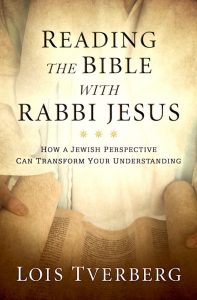 To explore this topic more, see chapter 3, “What Does ‘Christ’ Mean, Anyway?” in Reading the Bible with Rabbi Jesus, Baker Publishing, 2018, p 42-59.
To explore this topic more, see chapter 3, “What Does ‘Christ’ Mean, Anyway?” in Reading the Bible with Rabbi Jesus, Baker Publishing, 2018, p 42-59.
Photos: Ruth Enyedi on Unsplash, Tom Blackout on Unsplash



